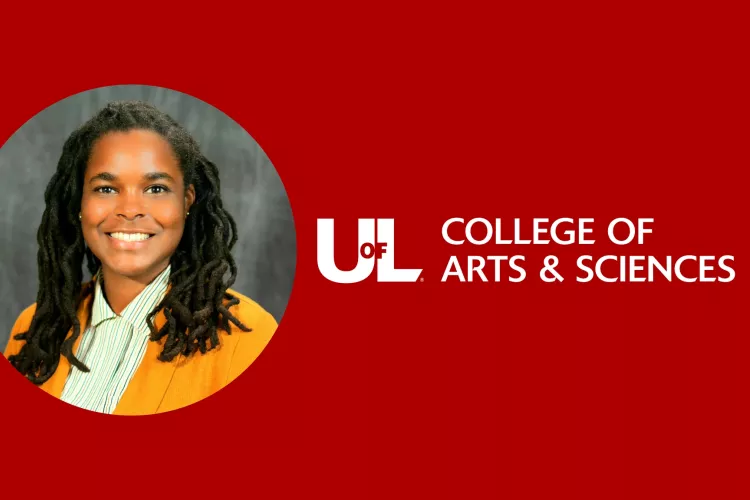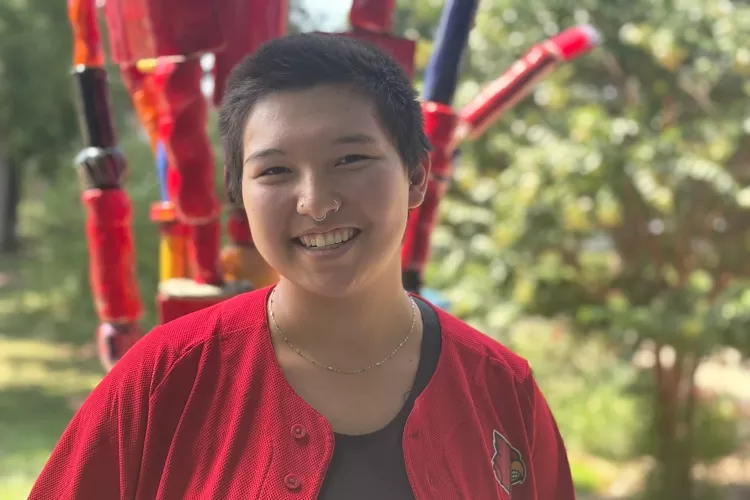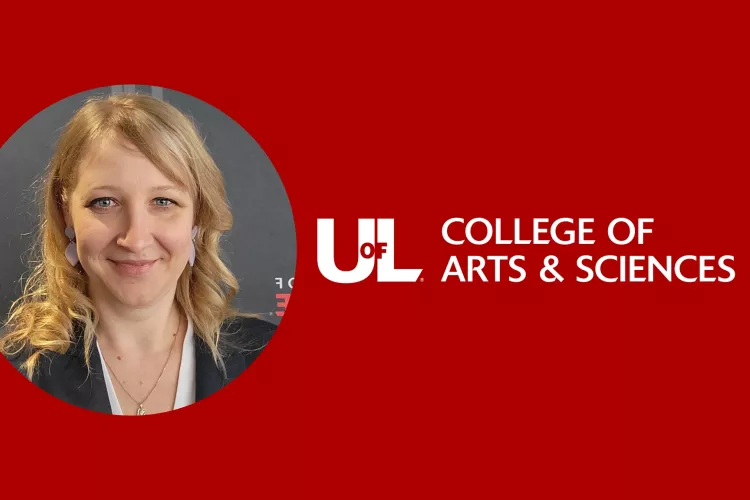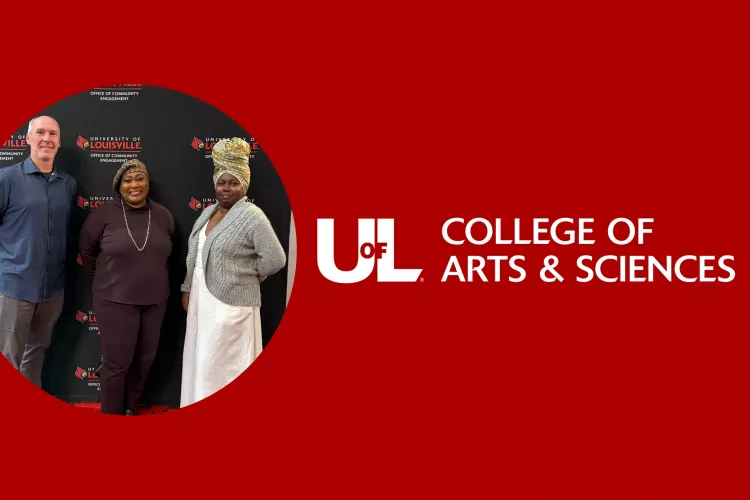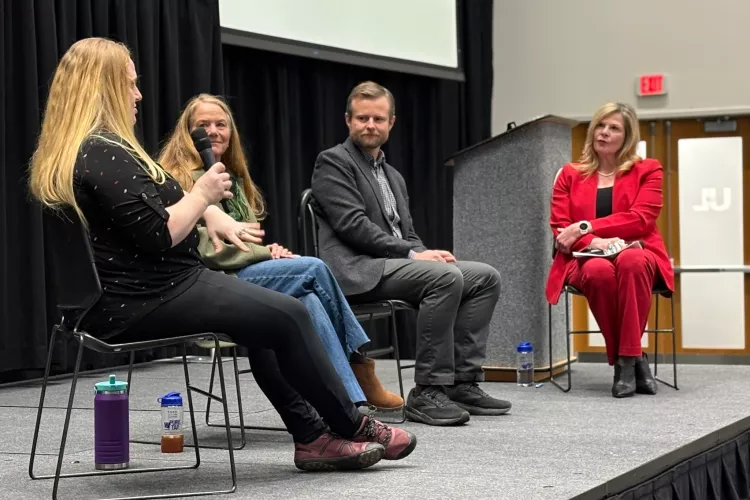Chemistry Faculty Secure $3.4 Million in Grants to Drive Discovery and Student Research Opportunities
October 13, 2025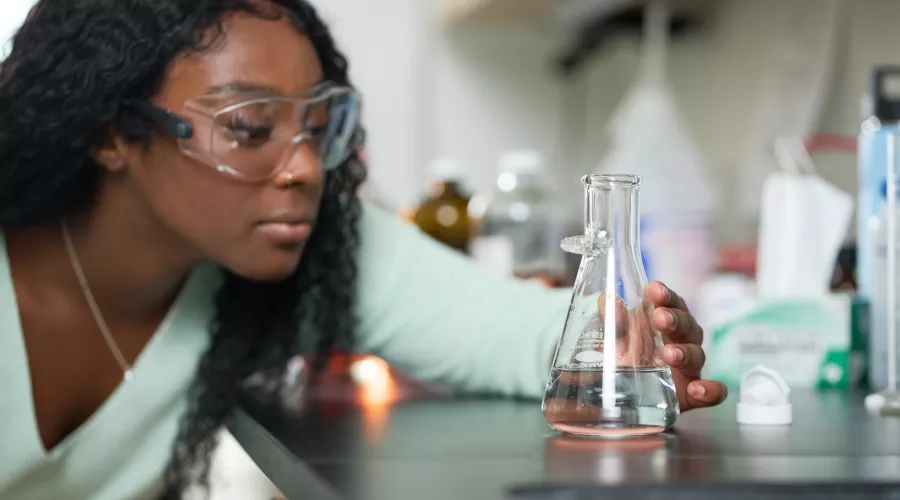
The Department of Chemistry is pushing the frontiers of scientific discovery with several major recent research grants totaling more than $3.4 million.
Together, these awards will not only advance groundbreaking work in nanomaterials, catalysis, clean energy, and astrochemistry—they will also create significant opportunities for students to participate in cutting-edge research.
Over the next 3–5 years, potentially more than 30 graduate research assistants (GRAs) will be supported through these projects.
“These awards reflect the strength and creativity of our faculty and their commitment to engaging students in world-class research,” said Department Chair Francis Zamborini. “From energy and the environment to space science, our students will be part of discoveries with global impact.”
The new grants include:
Francis Zamborini – Electrochemical Deposition and Patterning of Metal/Alloy Nanoparticles and Atomically-Precise Nanoclusters ($499,701, beginning 9/1/24). Zamborini’s work focuses on creating precise nanostructures that could revolutionize electronics, sensors, and energy technologies.
Andrew Wilson – CAREER: Plasmonic Enhancement of Electrocatalytic Oxygen Reduction in Nonaqueous Solvents ($674,734, beginning 7/1/25). A prestigious National Science Foundation CAREER award, Wilson’s project explores how light-driven processes can improve catalytic reactions central to renewable energy storage and fuel technologies.
Farshid Ramezanipour – Recipient of three major awards in 2025, Ramezanipour is advancing research on materials with transformative energy applications. His NSF-funded project, Uncovering Design Principles of Vacancy-Ordered Structures in Oxygen-Deficient Perovskites and the Impact of Vacancy-Order on Functional Properties ($485,000, beginning 7/1/25), investigates how atomic-scale structures influence the properties of materials critical for sustainable energy. He is also co-PI on a €637,880 grant from FWO-Belgium for Correlating Surface Evolution with Electrocatalytic Efficacy in Perovskite Electrocatalysts (beginning 1/1/25), which seeks to understand and improve perovskite materials used in energy conversion technologies. Additionally, Ramezanipour is sole PI on an American Chemical Society award, Chemical-Looping Reforming of Methane Using Perovskites as Oxygen Carrier: Correlations with Oxygen Deficiency ($125,000, beginning 11/1/25).
Craig Grapperhaus – Immobilized Zinc Complexes for Dilute CO2 Capture ($607,319, beginning 8/1/25). Grapperhaus’s project aims to design efficient materials for capturing carbon dioxide, a key challenge in addressing climate change.
Jinjun Liu – High-Resolution Laser Spectroscopy of Astronomically Important Magnesium-bearing Organic Free Radicals ($499,551, beginning 9/1/25). Liu’s study will shed light on the chemistry of space by analyzing molecules that play a role in the formation of stars and planets.
For prospective students, these projects highlight the department’s strength in hands-on, high-impact research.
Graduate and undergraduate students alike have opportunities to work alongside faculty, gaining skills that prepare them for careers in academia, industry, and beyond.
“Being part of these labs means you’re not just learning chemistry—you’re helping to shape the future of science,” said Zamborini.
Related News
